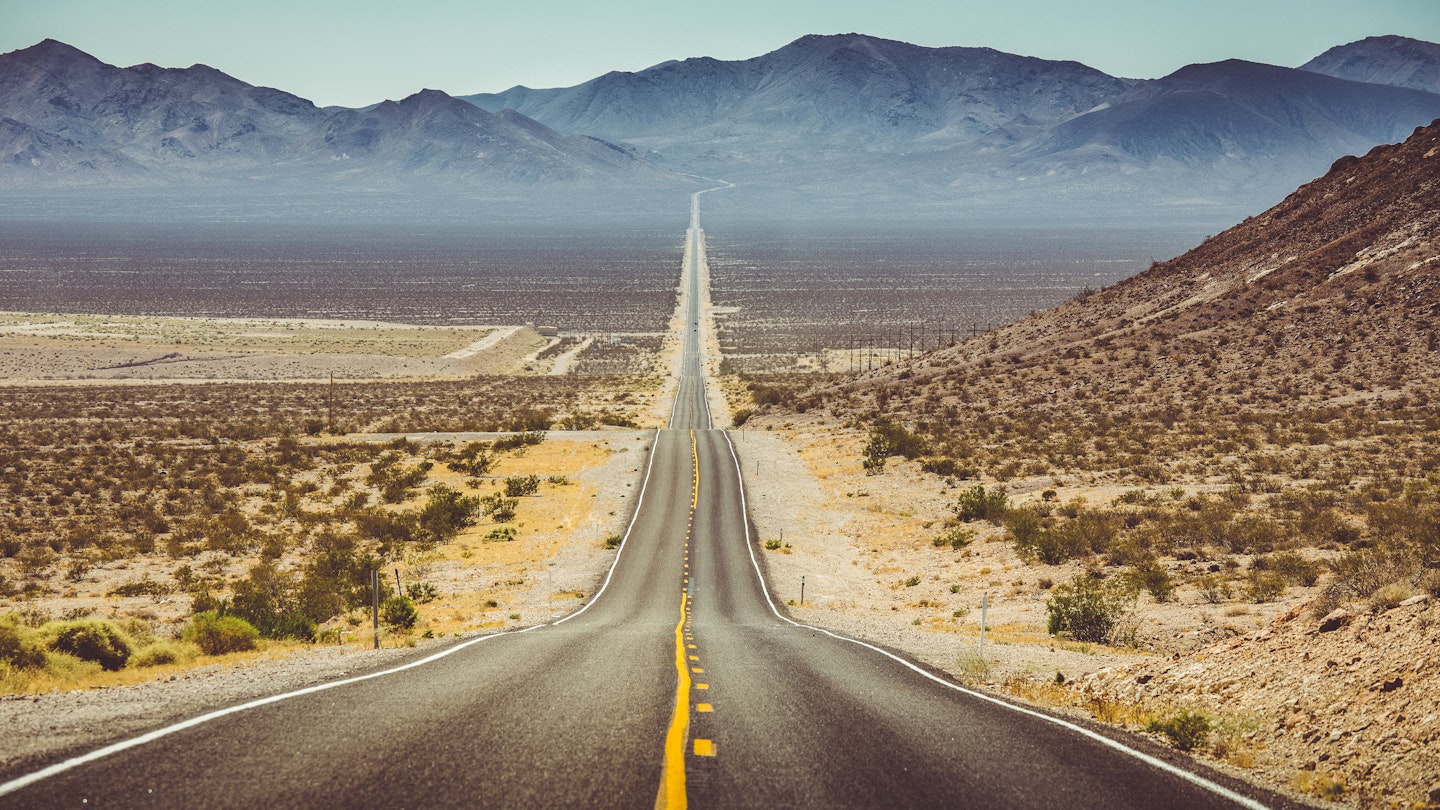Even as formerly locked-down families yearn for the open road after months of home-schooling in isolation, the ongoing uncertainty around COVID-19 has made long-term travel planning nearly impossible. However, as summer comes to a close, there are several last-minute summer road trips you can still take with the family – and the kids might learn a thing or two along the way.
Note: In many parts of the country, operations remain in flux, so check for coronavirus-related closures before hitting the road.
1. New England for American Literature
Whether you have a few weeks to spend or just a few days, there’s an itinerary to satisfy eager readers of all ages. For goth-leaning kids, the Edward Gorey House in Yarmouth, Massachusetts, is a delightfully weird spot where the artist lived from 1986 to 2000. (The house is open to the public by appointment only.)
A familiar name on school reading lists, Mark Twain spent his early years in Missouri but wrote his most famous works in Hartford, Connecticut. The Mark Twain House & Museum is now a National Historic Landmark (masks required).
In Derry, New Hampshire, the Robert Frost Farm Historic Site is where the poet lived from 1900-1911, said to inspire some of his best-known works. Although the house is currently closed, the grounds are open, with a half-mile nature trail marking each point of interest with a poem.
Detour: Laura Ingalls Wilder’s time on Rocky Ridge Farm inspired her Little House series. The museum at her Missouri Ozarks homestead (masks required) offers insights into her life. Meanwhile, across the country in Portland, Oregon, the Beverly Cleary Sculpture Garden features life-size statues of beloved children’s author characters, along with a map showing where events in the books took place.
2. The Mississippi Delta for Music Appreciation
The blues originated in the Mississippi Delta. The Delta Blues Museum celebrates this genre, while the BB King Museum in Indianola tells the musical great’s story. The Mississippi Blues Trail marks notable sites throughout the state, extending to locations as far as Memphis and Chicago.
A popular tourist stop, Elvis Presley’s birthplace in Tupelo is a two-room house. However, his sprawling estate in Memphis, Graceland, is the major attraction, featuring an entertainment complex and exhibits showcasing the King’s cars, jets, jumpsuits, and gold records. (Masks are required, and tour capacities have been reduced in light of COVID-19, so purchase tickets in advance.)
3. The Southwest for Natural Science
Research shows that a connection to nature can improve children’s focus, memory, and attention span, making outdoor-oriented excursions worthwhile. The legendary Grand Circle Tour includes six Utah national parks – Zion, Bryce Canyon, Capitol Reef, Arches, Canyonlands, and Grand Canyon – in an 11-day journey covering about 1500 miles. Alternatively, consider spending more time in Arizona, visiting Antelope Canyon, Flagstaff, Sedona, Jerome, and Prescott.
For aspiring paleontologists, Utah is perfect for fostering an interest in prehistoric life. Near Salt Lake City, the Museum of Ancient Life at Thanksgiving Point has one of the world’s largest displays of mounted dinosaur skeletons. At U-Dig Fossils quarry, you can search for trilobites to take home. The Utah Field House of Natural History State Park Museum showcases dinosaur bones and replicas, while Dinosaur National Monument offers petroglyphs and fossilized remains alongside hiking trails.
4. The South for Civil Rights History
With the rise of movements like Black Lives Matter focusing attention on racial inequality, this is an important time for a deep dive into the historical struggle for social justice. The U.S. Civil Rights Trail highlights the locations where activists fought for equality during the 1950s and 1960s, encompassing over 100 sites across 15 states.
The Selma to Montgomery National Historic Trail is run by the National Park Service today. In Montgomery, the Rosa Parks Museum (masks required) stands on the spot where Parks was arrested for refusing to yield her seat on a city bus. Nearby, the Freedom Rides Museum details efforts to desegregate transportation. The National Memorial for Peace and Justice is dedicated to victims of lynchings, while the Civil Rights Memorial honors the activists who sacrificed their lives for the cause.
Detour: Memphis’s National Civil Rights Museum at the Lorraine Motel – the site of Dr. Martin Luther King Jr.’s assassination – features displays on bus boycotts, student sit-ins, and Black power (masks required).
5. Florida for Rocket Science
If the excitement surrounding last year’s Apollo 11 anniversary sparked an interest in all things extraterrestrial, Florida’s Space Coast is the place to be. The Kennedy Space Center visitor complex in Merritt Island offers launch-site tours, an astronaut hall of fame, and a “rocket garden” with retired rockets from key missions, along with hands-on experiences simulating astronaut training.
In downtown Titusville, the American Space Museum displays astronaut suits and launch consoles. Space View Park hosts the U.S. Space Walk of Fame, a collection of monuments dedicated to the individuals behind space programs. It’s just 15 miles from the launch pads, making it a prime spot to catch a rocket in action during a launch.
6. The Pacific Northwest for Arts and Crafts
Not only is the Pacific Northwest renowned for its natural beauty, but it also offers numerous opportunities for young creatives to develop their artistic skills. In Seattle, Discovery Park is a former military installation turned green space, crisscrossed with walking and biking trails, and home to various wildlife.
Downtown’s Olympic Sculpture Park features large-scale sculptures and exhibits by renowned artists like Louise Bourgeois and Alexander Calder. Portland’s creative communities offer a range of workshops and private lessons in various disciplines. Parents can also sign up their kids for cooking classes or berry-picking experiences in Oregon’s Willamette Valley, famous for its culinary arts.




